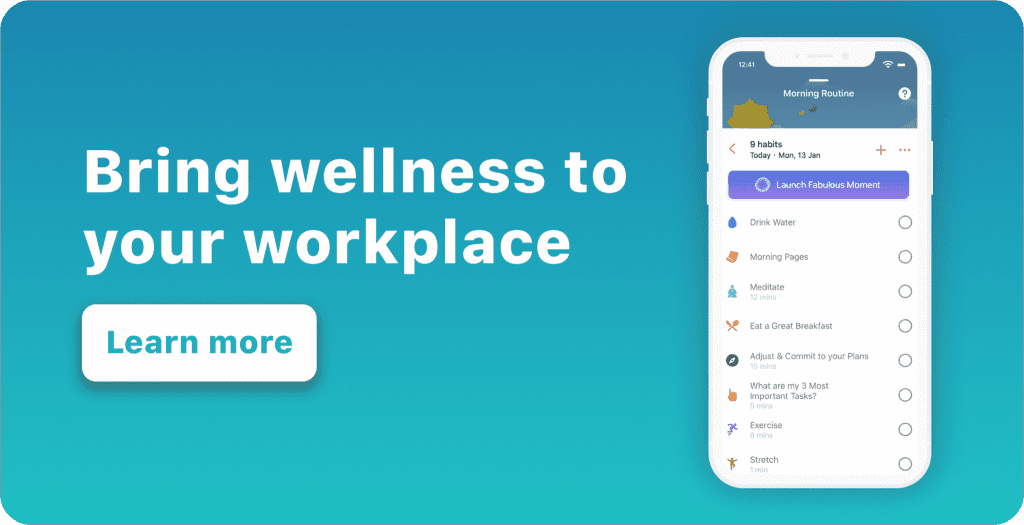This month at Fabulous, we’ll be talking a lot about burnout, specifically in the workplace. Employee burnout is on the rise—something that’s been exacerbated by the pandemic. The sudden shift to remote work has been a difficult transition for many. In fact, over two-thirds of workers surveyed by Gallup confirmed that they experience burnout at least some of the time. But how to prevent employee burnout?
The best treatment for workplace burnout is to make sure it doesn’t happen in the first place. How do you even recognize it? It’s possible to spot employee burnout before it becomes a serious problem; you just have to know what to look for.
What Does Workplace Burnout Look Like?
Workplace burnout can present itself in ways that are more obvious than others. Burnt-out employees tend to take more sick days. They don’t engage with coworkers as much or are disengaged during meetings. They may even openly dislike their job and disclose as much to friends and colleagues.
But burnout is more than boredom or frustration. Being burnt out can lead to mental health issues, like clinical depression. Elevated levels of stress can also devastate the body, increasing the risk of heart disease, high blood pressure, respiratory issues, and even early death.
Keep an eye out for employees who are tired, quiet, or calling off sick a lot. Check in with them. If they are going through burnout, it’s unlikely they’ll come forward about it themselves, possibly out of embarrassment or shame. They may not even realize that burnout is the problem. And remember to lead with compassion; punishing an employee for burning out will only make it worse.
What Can Employers Do To Prevent Employee Burnout?
Employees burn out when their position at work is unstable, excessively demanding, unsatisfying, or even toxic. Finding the root causes of the burnout and resolving them is the best thing you can do to nip burnout in the bud.
Let’s say your employees keep burning out because the vacation policy is unclear. Nobody knows when it’s acceptable to take time off so they never do. That’s a sign that your policy needs to be reevaluated and clarified.
Or maybe everyone’s work-life balance has been in peril since the sudden shift to remote work. You might hold workshops that teach workers how to establish virtual boundaries—with things like vacation auto-responder emails, or muting Slack notifications, for example—to make it easier for them to carve out some down-time.
And finally, make sure you are supporting your employees, be it by fair compensation, health benefits, or social services. Take care of your employees and they will take care of your business!
Fabulous Can Also Help!
Of course, if you’d like a little extra guidance, Fabulous has developed a solution specifically for the workplace. With Fabulous For Work, employers can engage employees in live challenges that are designed to teach healthy habits. Employees will also be able to chat with each other in a more casual setting through custom Fabulous Circles. And we’ll be right beside you, guiding you and your team every step of the way.
Interested? Request a demo with us! And remember to watch our panel discussion recording on How to Help Your Employees Prevent Burnout.




